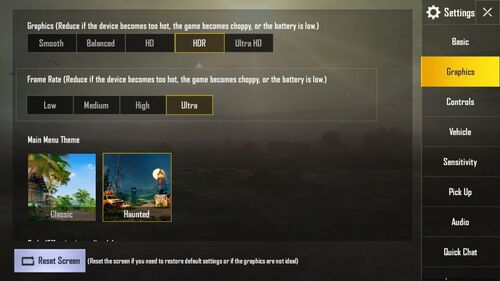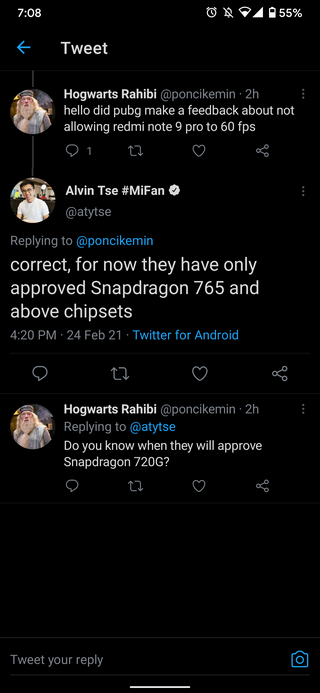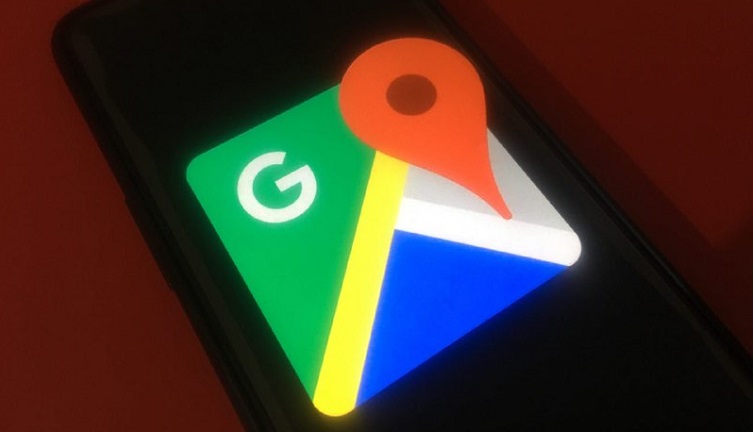PUBG Mobile has long been considered as the benchmark of mobile gaming. The game was launched back in March 2017 and has shown the world that mobile gaming can be just as entertaining as PC or console gaming.
After all, it is only a slimmed-down version of PUBG PC, that too with barely any caveats in terms of gameplay. The graphics have been obviously been ‘optimized’ to run on mobile though but can still be pretty demanding.
When it was launched back in 2017, it was capable of sweating even the most powerful GPUs on the market. This was pretty clear from the widespread complaints about overheating and performance issues on various devices.

The game demands at least 3 GB of RAM, 3 GB of free storage, and a pretty decent chipset. But fast forward to 2021, and one can easily fulfil the game’s minimum requirements even on the cheapest of phones.
However, this doesn’t mean that PUBG Mobile runs equally well on phones from all price ranges. Playing the game at maximum settings still causes lags and overheating problems.
Tencent solved this issue to some degree by limiting the maximum graphics and FPS settings on certain cheaper devices. For example, many midrangers are only capable of playing the game at a maximum of Ultra framerates.

However, everyone is aware of the fact that almost all latest midrange phones are capable of running the game at the highest possible graphics settings (HDR + Extreme).
Processors like the recently released Snapdragon 750G are no joke, and although not top of the line, they still come with pretty powerful GPUs. Tencent feels otherwise though and has artificially capped the max FPS at Ultra or 40 FPS, for absolutely no reason.
Thus, many users have been curious about the criterion used by the PUBG devs to decide which devices are capable of running PUBG Mobile at 60 FPS. Alvin Tse, GM at Xiaomi Indonesia, has an answer.

As clear from above, 60 FPS support is limited to devices running Qualcomm Snapdragon 765 chipset and above only, at least for now.
Of course, many users could break through this restriction with the use of apps like GFX Tools. But since Android 11 made the ‘data’ directory no longer accessible to non-system apps, it just isn’t possible anymore.
Hence, the only thing left to do now is to wait. Companies like Xiaomi have tried in the past to get 60 FPS enabled on devices they felt are capable enough, like the Redmi Note 9 Pro, but it hasn’t really helped.
For now, your best bet could be to simply request PUBG Mobile 60 FPS support on Twitter by tagging the official company handles. Perhaps, if enough complaints go in, Tencent will finally budge.
PiunikaWeb started purely as an investigative tech journalism website with a main focus on ‘breaking’ or ‘exclusive’ news. In no time, our stories got picked up by the likes of Forbes, Fox News, Gizmodo, TechCrunch, Engadget, The Verge, MacRumors, and many others. Want to know more about us? Head here.


